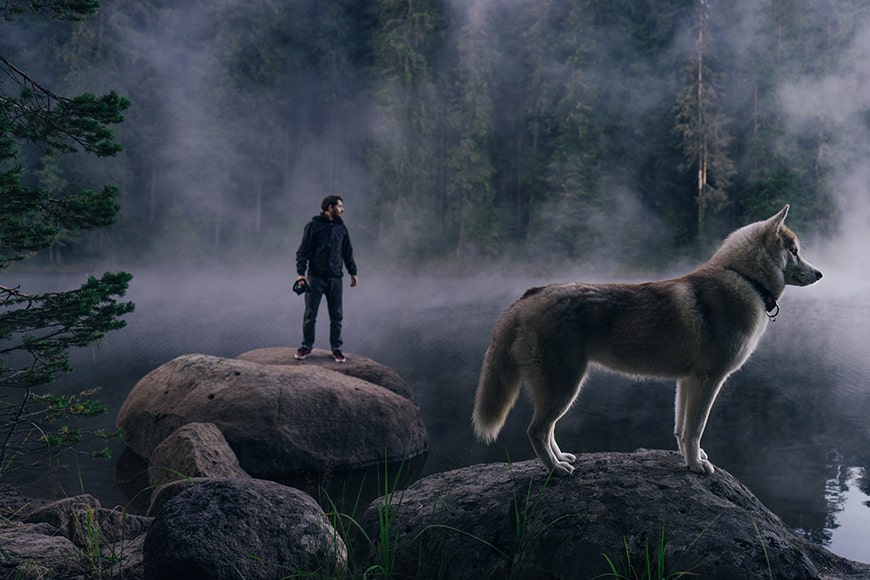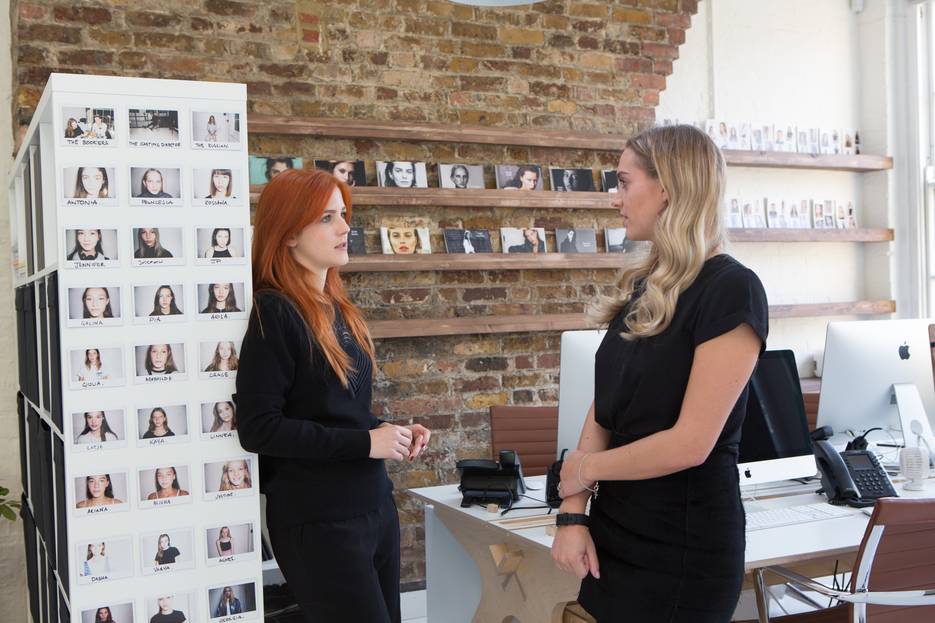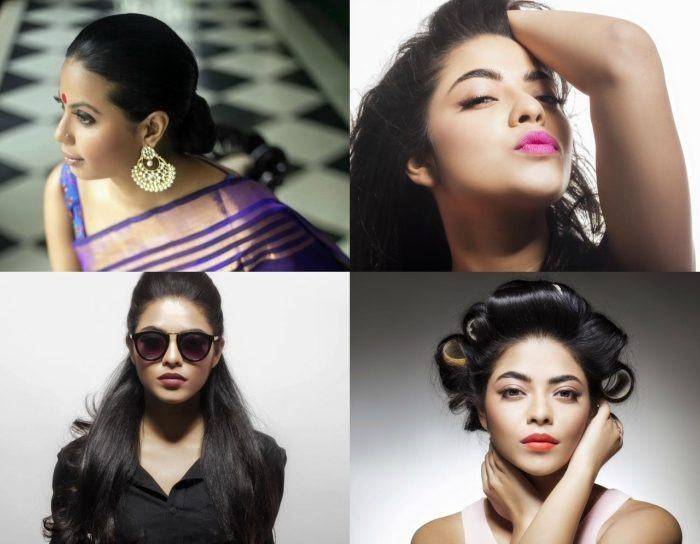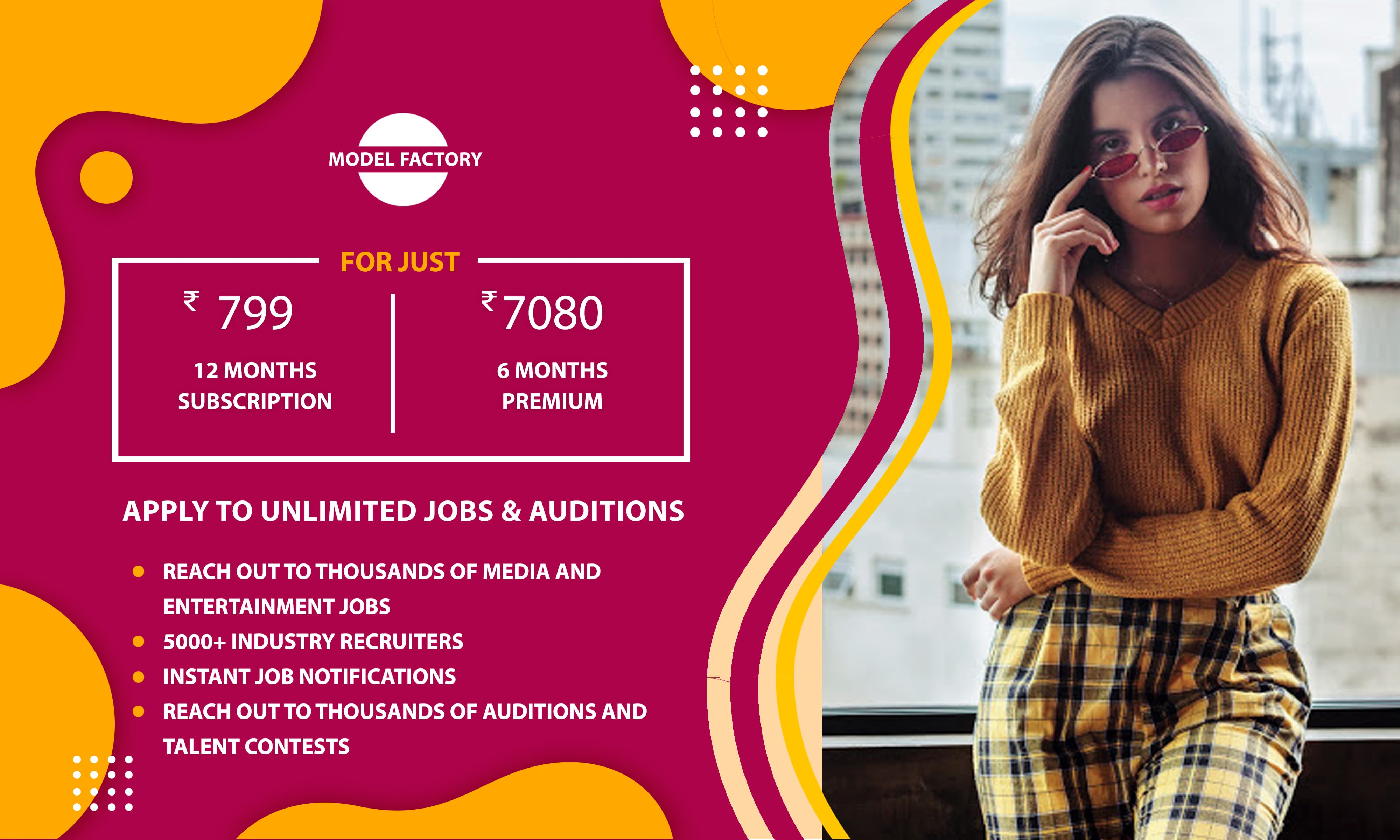Where Can I Do a Photoshoot? | Model Factory
- 03 Apr 2021
- Models
Organizing photoshoots can often feel daunting for photographers. There are endless decisions to make, ranging from choosing a concept to choosing the best location and equipment.
Breaking these decisions down into a series of simple steps can help provide order and clarity to your decision-making process. Whether you are an amateur or an experienced pro conducting your first photoshoot, these steps can help you organize a successful photoshoot.
Step 1: Develop a Good Concept:
The first phase of the photoshoot is coming up with a concept. Whether it is photography or just a private photo op with a family member, the concept should ideally take all other creative and practical decisions.
- Start with a stylistic or thematic jump point. Are there any movies, tv shows, or books you would like to emulate? A certain mood or feeling you want to do? Do you want to shoot in color or black and white?
- Search for images that relate to your jumping-off point.
- Set a mood board or create a Pinterest page with images related to your concept. These pictures will help inform the look, style, and mood of your photography session.
Step 2: Pick the Right Location:
Once you gather a bunch of great photos to use as a reference, it's time to find out where you want to shoot your photos. Determining how difficult it can be to have a professional photoshoot. Here are some questions for yourself.
- What kind of set is best in your concept? Is this a set that already exists, or a custom set that you need to create yourself?
- If you are renting a place, how much does it cost? Will the cost of your space eat into other items in your budget, such as paying a stylist or makeup artist?
- What type of light source will be there on the day of the shoot? Is there natural lighting, or would you need to use artificial light?
Step 3: Choose the Best Tool for Your Photoshoot:
Now that you have your concept and your location, it is important that you have the right type of equipment on your shooting day. Although you should hesitate to experiment with different devices to look different, here are some useful tips for operating specific types of photoshoots.
- Portrait Photography: In the illustration, the focus is usually on the subject's face. A portrait photographer should ensure that they have a camera that can clearly capture a person's facial expressions, especially if they are shooting headshots or family portraits. The film, mirrorless, and DSLR cameras provide creative flexibility while providing high-resolution image quality.
- wedding photography: Wedding photography requires a professional photographer to figure out how to capture different moments without too much time for set-up. For example, wedding photographers should pack different types of lenses, which should be used for different parts of the wedding. A wide-angle lens is useful for group and landscape shots, while specific high-drama moments may require a dominant or macro lens, such as a cake or first dance.
- Food photography. In addition to having a camera that can capture the mouth-watering details of the food, you want to make sure that you have a background that will make the food colors pop. Some textured but monochromatic, such as rustic wood or gray stone, will make the food stand out. By boosting the color hue in the post-production photo editing process, food can make your look better than the background. When taking pictures of food or product, it is also helpful to bring a lightbox so that the object is illuminated from all angles so that harsh shadows are not generated.
- Sports or concert photography: This type of high-speed event requires high-speed shooting and a willingness to move from one place to another to take the right shot. If you're shooting a concert or sports event for the first time, make sure you have a camera that allows you to shoot at a faster shutter speed, without having your image undetermined as a result of stabbers or other lighting effects can go.
Step 4: Choose the Right Models:
If you are a commercial photographer or working in portraiture, choosing the right model to put in front of the camera is one of the most important decisions you will make. Here are some tips to help you choose the best model for your shoot:
- Do you have any friends or family members who may be fit for your shoot? If so, be sure of them regarding the use, conditions, and timing requirements of the shoot.
- If a model with experience is required in your shoot, try to reach talent or modeling agencies.
- Always get a signed model release form from your model, whether they are friends, family, or professionals. This allows you to use their image and likeness, which protects you from any issues when deciding to publish or sell your photos.
Step 5: Make Sure Your Subjects Feel Comfortable:
Annie takes you to her studio and at her shoot you need to know and tell stories through pictures.
Once your photoshoot is underway, you need to make sure that your subjects feel comfortable with you in front of the camera and behind the camera. how you conduct yourself is going to affect the shoot. Talking alone with the subject before starting things is the best way to establish a fruitful synergy.
Communicate with them during shooting. To make sure they are comfortable, and take lots of breaks so that everyone feels refreshed and energetic.
Step 6: Create the Right Atmosphere:
Creating an environment that matches the desired mood of your photos can help achieve the best possible results. A great way to do this is to play music during a photoshoot, which can help keep your model and crew in the right state of mind and relax them.
Step 7: Try Different Things to See What Works:
Try different poses, outfits, expressions, and compositions throughout the shoot. Even if you've already got your "Plan A" shot, try something different. Sometimes the best pictures come from unexpected, unexpected moments.
"Interested models click here to further information modeling profession."

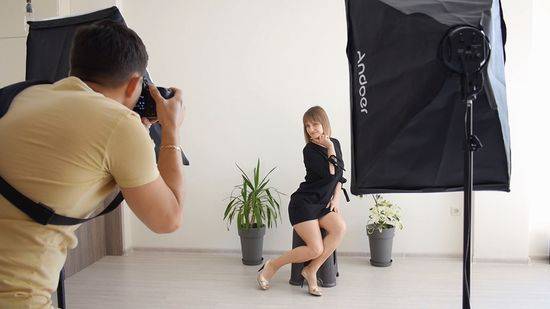



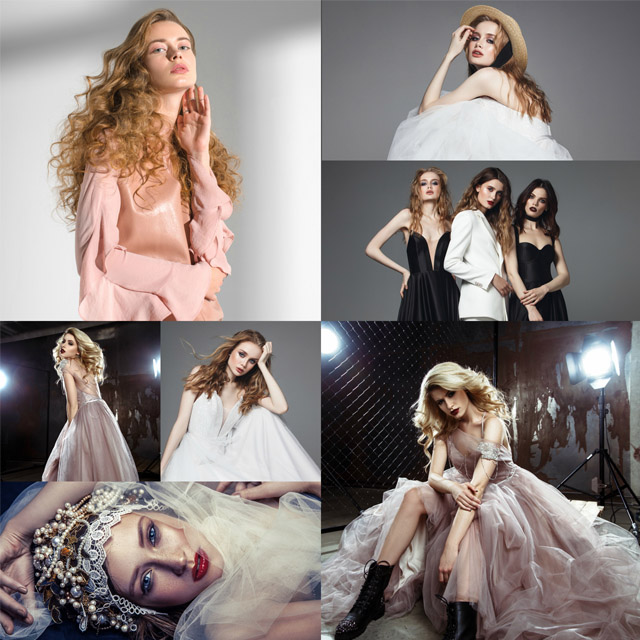
.jpg)
